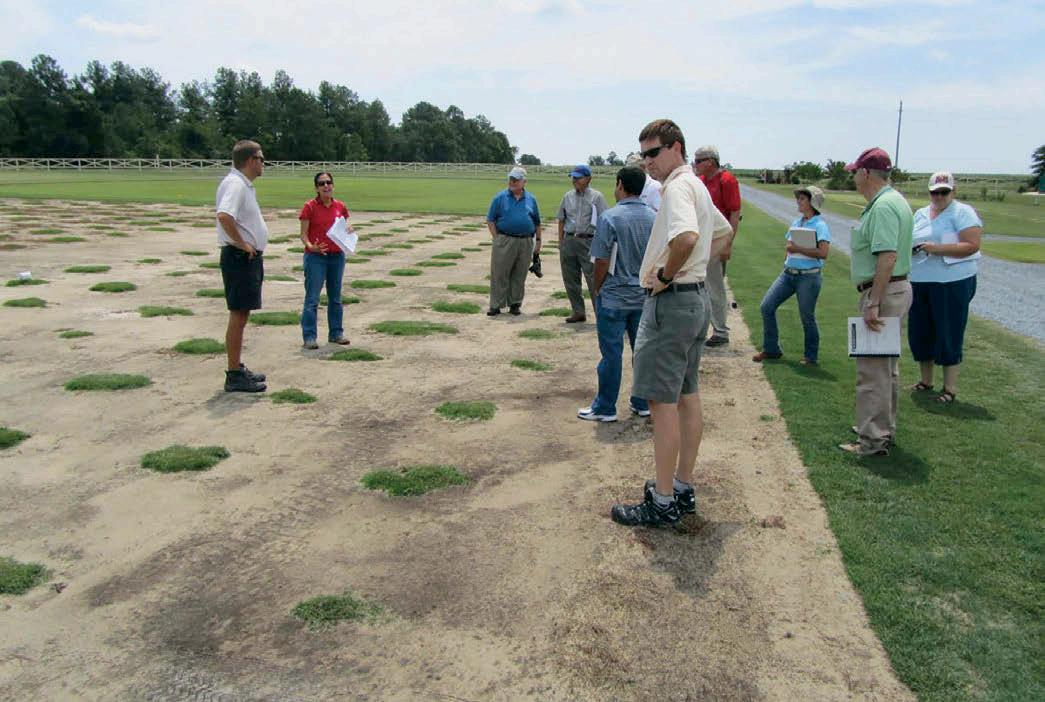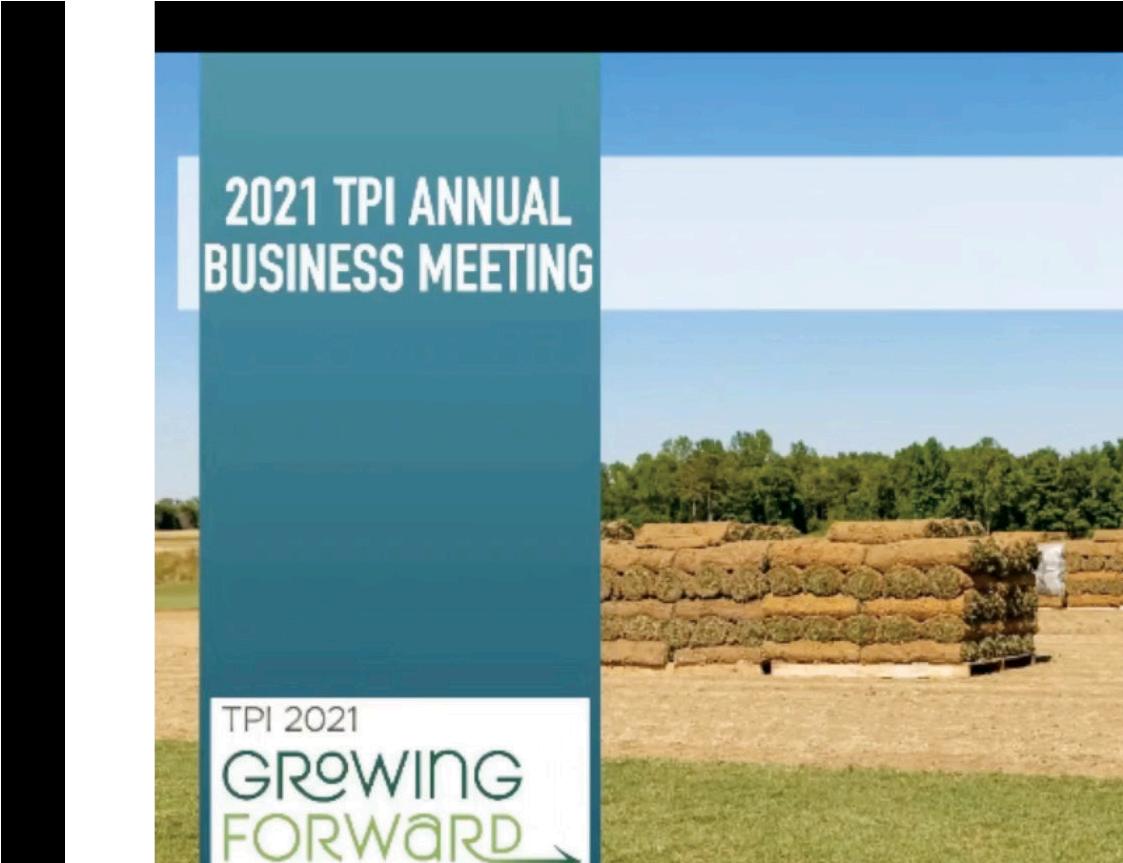COVERING GROUND WITH NATURAL GRASS SOD AND CROP INSURANCE By Richard Flournoy Editors’ note: USDA’s Risk Management Agency (RMA), serves America’s agricultural producers through effective, market-based risk management tools to strengthen the economic stability of growers and rural communities. TPI has been working with RMA staff to discuss current risk management products as well as to explore the potential for new options for natural grass sod producers. I was very pleased that we recently had a chance to talk with Turfgrass Producers International about crop insurance options and future possibilities for America’s sod producers. At the USDA’s Risk Management Agency, our team continually seeks to work with organizations like TPI to expand the Federal crop insurance program and improve upon the risk management products we offer producers all over the United States. I know there is really one question you are asking as you read this now—Is there a policy that offers coverage for natural grass sod? The answer is Yes! In fact, USDA has two coverage options for sod producers. The first option I will touch on is called the Noninsured Crop Disaster Assistance Program, or NAP. NAP provides financial assistance to producers of non-insurable crops when low yields, loss of inventory, or prevented planting occur due to natural disasters. This program is administered by our sister agency—the USDA’s Farm Service Agency, or FSA.
There is a second option that I want to highlight and is well worth considering. It’s called Whole Farm Revenue Protection, or WFRP, and has proven to be an extremely popular choice for producers of specialty crops and commodities over the last few years. WFRP is available in all 50 states and provides a risk management safety net for all commodities on the farm under one insurance policy. This insurance plan is tailored for any farm with up to $8.5 million in insured revenue, including farms with specialty or organic commodities (both crops and livestock), or those marketing to local, regional, farm-identity preserved, specialty, or direct markets. WFRP protects your farm against the loss of farm revenue that you earn or expect to earn from:
• • •
Commodities you produce during the insurance period, whether they are sold or not Commodities you buy for resale during the insurance period All commodities on the farm except timber, forest, and forest products; and animals for sport, show, or pets
NAP provides financial assistance to producers to protect against natural disasters. Among eligible crops for this coverage is natural grass sod. Some things to keep in mind when considering NAP coverage:
•
• •
For all coverage levels, the NAP service fee is the lesser of $325 per crop or $825 per producer per administrative county, not to exceed a total of $1,950 for a producer with farming interests in multiple counties An entity’s average adjusted gross income cannot exceed $900,000 to be eligible for NAP payments NAP payments received are limited to $125,000 per crop year, or $300,000 for crops with buy-up coverage
NAP is certainly something to look at, so you can decide which coverage options make the most sense for your operation. For more information on NAP, reach out to your local FSA office. 12
Richard Flournoy is Acting Administrator of the USDA’s Risk Management Agency (RMA) and Deputy Administrator for Product Management. Photo courtesy of USDA.
TPI Turf News May/June 2021






